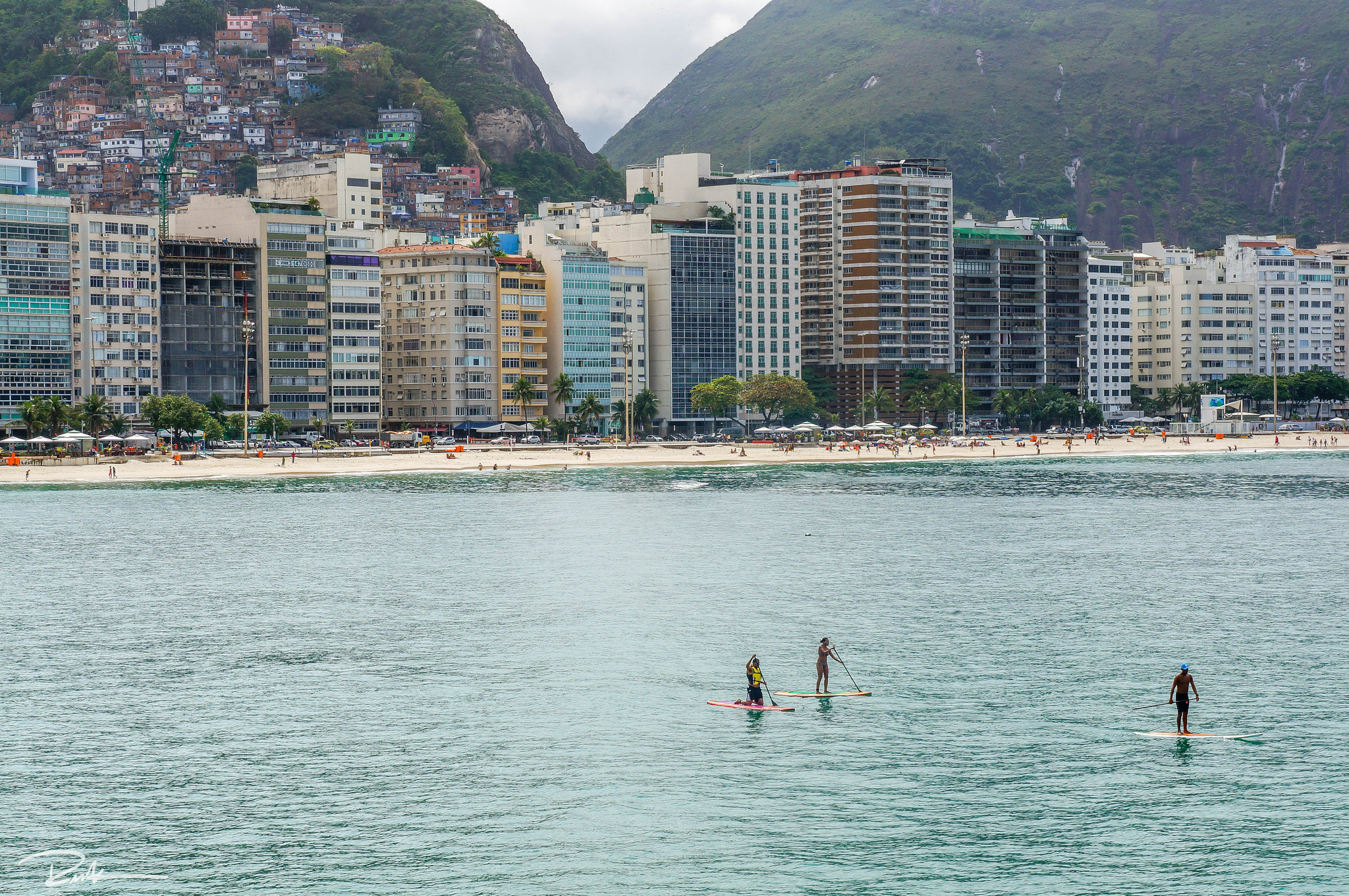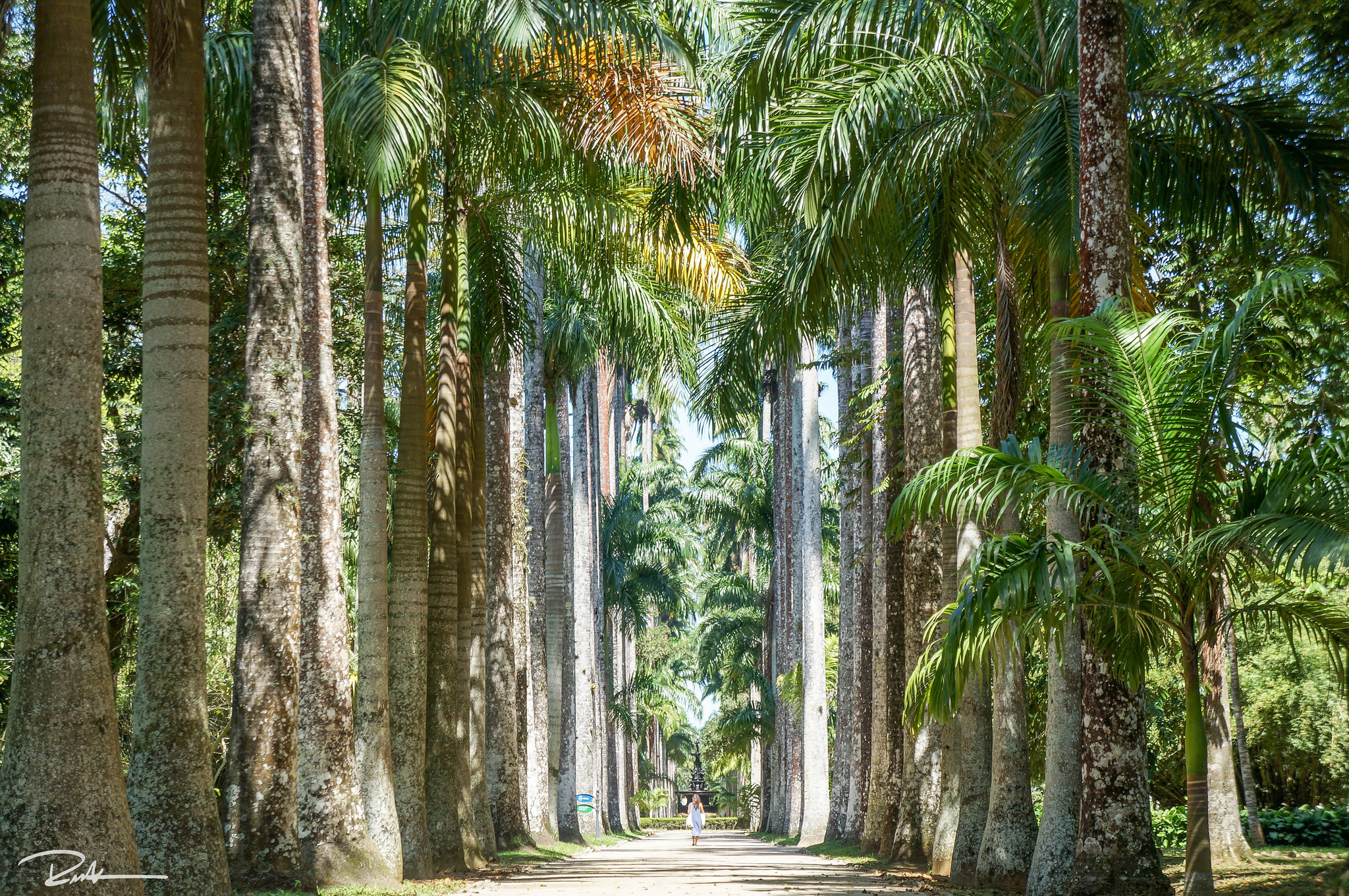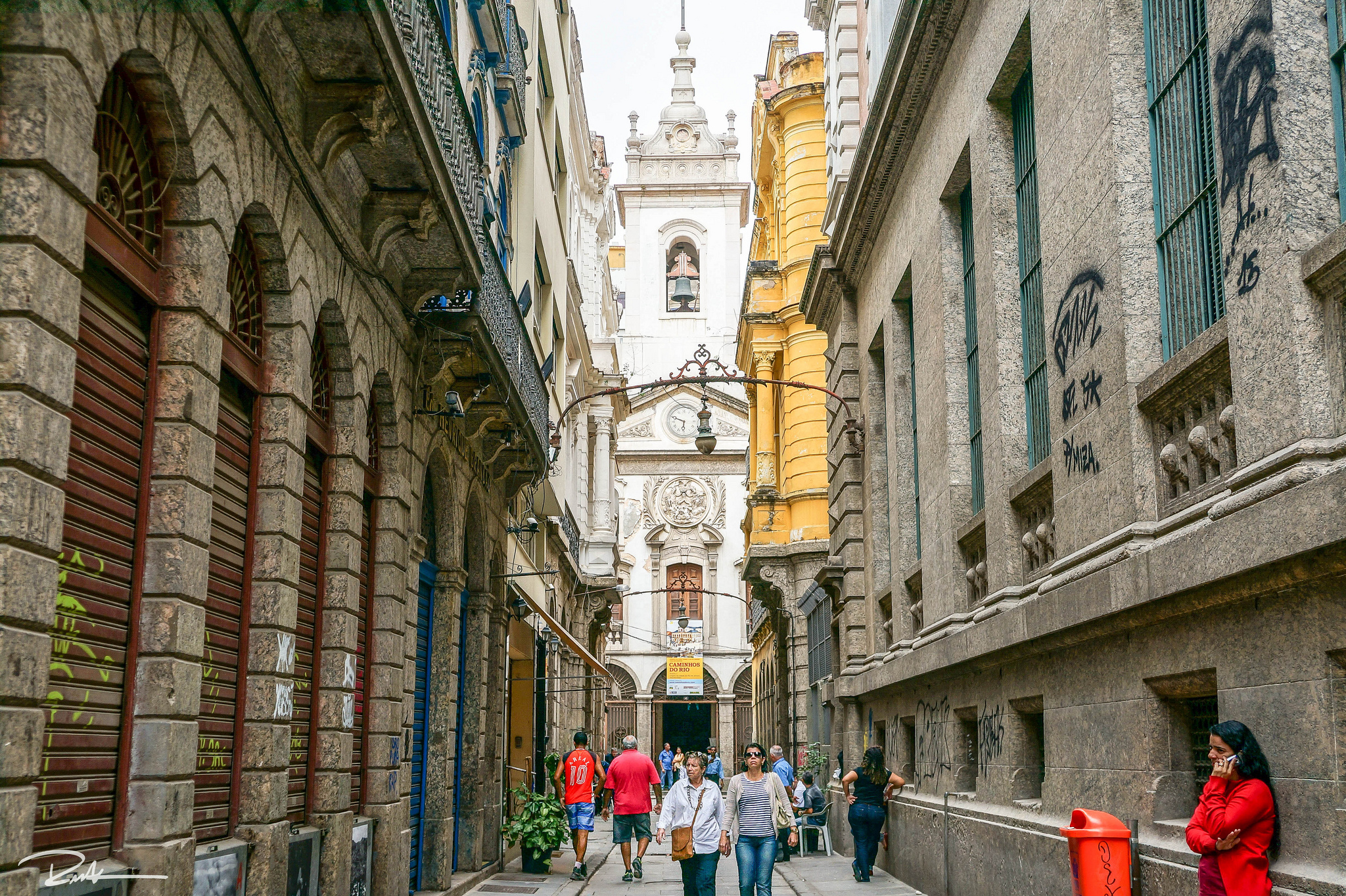A Day Tour Through the English Countryside
/After having spent a few days in London on our latest trip, we were looking forward to spending a day outside of the city and getting a small impression of the English countryside.
We booked a small group tour with International Friends that took us on a full day’s trip to the South West and South East regions of England. The itinerary was a loop: It started in London, went south to Stonehenge, as far west as Bath and finished at Windsor.
A Peaceful Morning at Stonehenge
Our bus left very early in the morning and headed almost two hours southwest of the city to Stonehenge. Built around 3000 BC, the ancient stone circle is one of Europe’s most famous historical sites and it is shrouded in mystery.
It is believed that whoever built it had a sophisticated knowledge of astronomy and geometry because of the stone’s positioning with the sun and stars from season to season.
There are various theories of why it was built and if they used it for anything else besides rituals. The prehistoric monument is located along vast green fields in Wiltshire County and can be seen from a path that encircles the site.
According to our guide, the area is usually mostly cloudy and we felt very fortunate to have a deep blue sky during our visit.
Heading to the Cream-Golden Town
From Stonehenge we headed an hour west to Somerset and visited the Roman town of Bath. We have been to many towns through our travels but Bath’s cream-golden limestone composition has been stamped in my mind to this day.
Due to its natural hot springs, Bath was a spa for centuries before the Romans built baths and when they arrived in 60 AD, they built a resort building and a temple. Moreover, the city’s popularity was revived in the 18th century and with it came elegant squares and period buildings for the wealthy traveling from London.
A site anyone must go if they are thinking of a trip to Bath is its 1st century Roman Baths. The complex contains ancient saunas, changing rooms and temples, all powered by a natural spring.
Exploring the old town alongside its more modern side is a must for architecture fans: tour the town’s green plazas and historical buildings such as the Circus and Royal Crescent and walk along the 18th century Pulteney Bridge, lined with covered shops as it crosses the River Avon.
Passing the Cotswalds and Arriving in Windsor
Since it was a clear day, we drove through the edge of the Cotswolds and were able to see the distant mountains of Wales after departing Bath. The Cotswolds are an extensive area known for its rolling hills, picturesque towns and ancient villages.
Tips: if you are looking to stay in the area for an extended period of time and want to see this beautiful nature, I recommend checking out Hikes in the Cotswolds by 10 Adventures where you can comb through numerous trails!
We then headed a couple of hours back towards London to visit Windsor Castle. The castle is located in the town of Windsor and it is the oldest inhabited royal residence in Britain.
It was built in the 11th century by William the Conqueror, strategically on high ground and at that time, to be close to his base in the Tower of London. Today the castle is the official residence of the Queen and her family on occasion.
There is a lot to see in this immense estate. Some of the highlights of our visit were the State Apartments, The Semi-State Apartments and St. George's Chapel.
If you enjoy large parks, Windsor Great Park cannot be missed! Its Long Walk - one lane path with rows of flanking trees - runs south from Windsor castle to the statue of King George III.




















